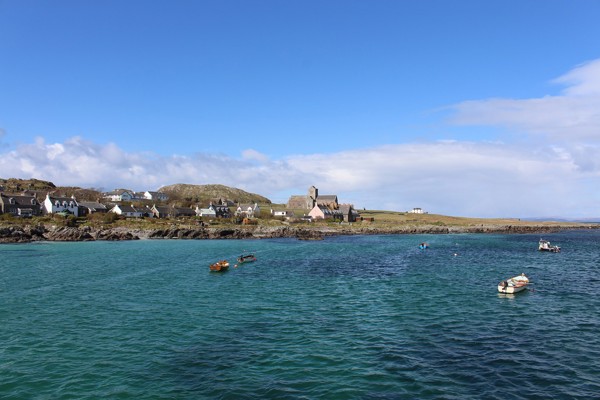
Isle of Iona
Scotland's Island CoastDreamy Iona sits less than a mile off the south western-most tip of Mull. This tiny island, a cradle of Christianity in Great Britain, is a place of pilgrimage for many. Visit the ruins of the medieval abbey, established by St Columba when he arrived here from Ireland in his coracle in 563.
The medieval nunnery is utterly absorbing. You can easily explore the rest of the island on foot, including the stunning sandy bays at its northern tip. As you explore you'll discover Iona's wonderful flora and fauna. Soak up the atmosphere and enjoy the views.

A tiny island with a lot to offer
Day trip or stay a while longer with a ferry from Mull



The Isle of Iona is of special significance for all Christians
Known as the “cradle of Christianity”, Iona has an atmosphere of peace and tranquillity enhanced by shell-sand beaches fringed by intense blue-green seas. But Iona has many other exceptional qualities including an unspoiled natural environment where rare wildlife thrives.





